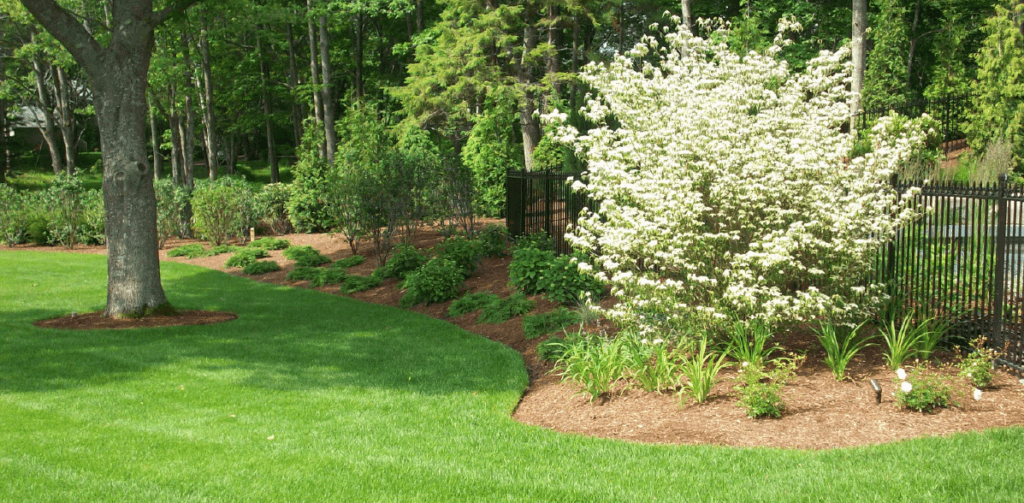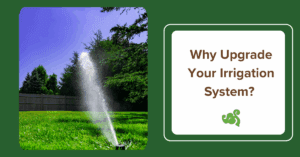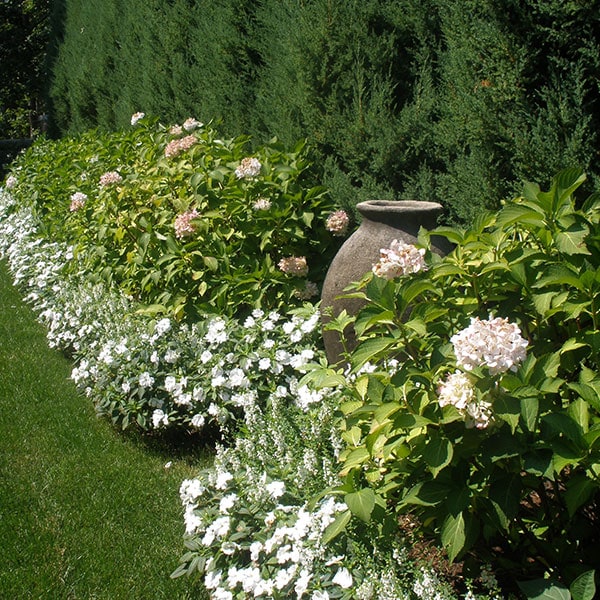Mowing the lawn is one thing. Caring for it is another.
Maintaining a lush, green lawn in the seacoast region of New Hampshire can be a rewarding endeavor, but it comes with its own set of challenges. Among these, burnout spots—those unsightly patches of dead or dying grass—can be particularly frustrating. Whether caused by drought, pet urine, or pests, these spots can detract from the beauty of your lawn. Fortunately, there are effective methods to restore these areas and keep your lawn looking its best. Here’s a step-by-step guide to help you get rid of burnout spots on your lawn.
Understanding The Causes
Before diving into the solutions, it’s essential to understand the common causes of burnout spots in the Seacoast area:
Drought Stress: During dry spells, grass can quickly dehydrate and die.
Pet Urine: The high nitrogen content in pet urine can burn grass, leading to yellow or brown spots.
Pests and Diseases: Insects like grubs and lawn diseases can damage grass roots, causing dead patches.
Over-Fertilization: Applying too much fertilizer can scorch your lawn.
Improper Mowing: Cutting grass too short weakens it, making it more susceptible to damage.
Step-by-Step Solution
1. Identify the Problem
First, determine what’s causing the burnout spots. Examine the affected areas closely:
- If the spots are circular and yellowish-brown, pet urine or pests might be the culprit.
- Irregular patches could indicate drought stress or over-fertilization.
- Check the soil for grubs by digging up a small section of the affected area. If you find more than five grubs per square foot, you have a pest problem.
2. Treat the Cause
Once you’ve identified the cause, take appropriate action:
- For Drought Stress: Ensure your lawn gets at least 1 inch of water per week. Water deeply in the early morning to minimize evaporation.
- For Pet Urine: Train pets to use a designated area. Rinse spots with water immediately after they’re used to dilute the urine.
- For Pests: Apply an appropriate pesticide or organic treatment to eliminate grubs or other pests.
- For Over-Fertilization: Water the lawn deeply to help flush out excess fertilizer salts.
- For Diseases: Use a fungicide suitable for your grass type and the specific disease affecting it.
3. Repair the Damage
Once the cause has been addressed, it’s time to repair the burnout spots:
- Remove Dead Grass: Rake out the dead grass and thatch from the affected areas.
- Loosen the Soil: Use a garden fork or aerator to loosen the soil, ensuring better root penetration for new grass.
- Amend the Soil: Add a layer of compost or topsoil to improve soil quality and provide nutrients.
- Reseed: Choose a grass seed that matches your existing lawn. Spread the seed evenly over the affected area and gently rake it in.
- Fertilize: Apply a starter fertilizer to promote root growth.
- Water: Keep the soil consistently moist until the new grass is established.
4. Prevent Future Burnout Spots
To keep your lawn healthy and prevent future burnout spots:
- Regular Watering: Water deeply and less frequently to encourage deep root growth.
- Proper Mowing: Keep your grass at the recommended height for your grass type, usually 2.5 to 3.5 inches.
- Balanced Fertilization: Use a slow-release fertilizer to provide steady nutrients without overloading the soil.
- Lawn Aeration: Aerate your lawn annually to improve soil health and reduce compaction.
- Pest Control: Regularly check for signs of pests and treat promptly.
Maintaining a beautiful lawn in the seacoast region of New Hampshire is achievable with the right care and attention. If you’re interested in getting an expert opinion on your lawn, give us a call on the Seacoast and Southern Maine at (207) 439-2241 or the NH Lakes Region at (603) 569-6424. We’ll come out to your property to give you a free quote.
Happy Summer!




